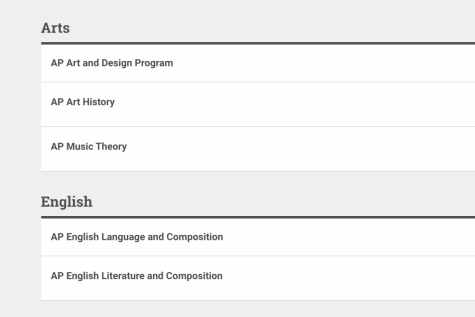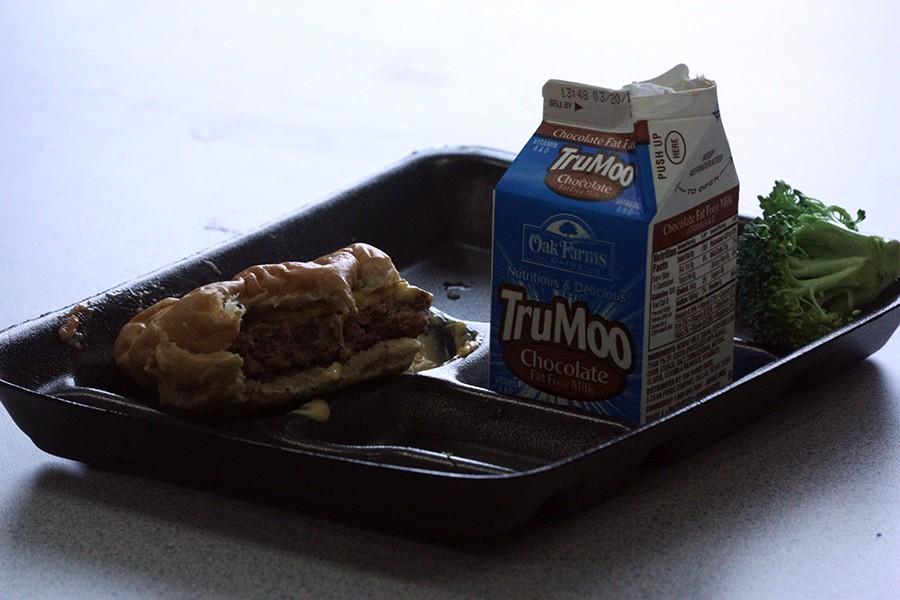Abusing the privilege of lunch
Unfinished food after lunch. Many trays and food are left lying around after lunch is over.
It’s a beautiful day outside- the sun is up, bathing students in comforting warmth, and the trees sway in rhythm with the light breeze. Leaves are scattered across the courtyard- amidst a flurry of plastic cups, half-empty milk cartons, ripped-up styrofoam trays, uneaten apples, pizza crusts, and chip bags.
The issue is apparent; an incredible amount of food served in school and brought from home is going uneaten, and becoming garbage left to rot in the courtyard, in stairwells, and other odd corners of the building.
Students and their parents are paying for full meals consisting of fruit, vegetables, meat, grains, and dairy, only for them to go to waste.
Take into consideration “End Hunger’s” statistics regarding national food waste: 31% of food sold to consumers across the nation, (including food purchased by public schools) is being wasted yearly. In other words, 133 billion pounds of food every year is going uneaten, left to fill up dumps, public spaces, and wherever else litterers please.
With that being said, why exactly is this wrong?
Well, actual money is being spent to buy these products. They do not come freely: people worked to produce them, people worked to distribute them, and other people worked to purchase them. What is the point in purchasing a product if it will go unused? Not only is the money wasted, but so is the product. The process behind how it even came to be is completely undervalued, and taken for granted.
Also, consider what it means when said food is not eaten, and thrown in the trash or left somewhere obscure, untouched. It means that the individuals who do so are unappreciative regarding their privilege to obtain food that others often cannot. The poor in our own country would die for the school meal left sitting in the sun because a student wasn’t interested in eating what they bought. Food is being treated like a commodity, when in fact it is a privilege and necessity for humans to live.
Finally, take into consideration what actually happens when the food goes to waste; it defiles public grounds (including our school grounds), attracts insects and rodents, and aids in filling continuously expanding dumps while denying those who lack our basic privileges a meal for the day.
Luckily, there are a number of methods that can be applied to solve this issue. First, it needs to be stressed to the student body by the faculty that if individuals do not plan on eating lunch, they should not purchase it. Secondly, students should be reminded that there is a basket in the lunch room dedicated to untouched fruits that would otherwise go to waste. Finally, it would be ideal for the school district itself to invest in a charity that serves either locally or nationally in the prevention of “food waste,” and find a method that will allow said charity to accept uneaten meals and distribute them to those that need the meals.
It is imperative that both individual students and the school district take action now in preventing further waste of perfectly good meals. If action isn’t taken soon, public grounds will continue to remain in decay, and unappreciated meals will continue to go to waste fruitlessly.
My name is Lyn, and I am currently a Pre-IB sophomore at LHS. My hobbies include watching anime (K Project, Death Note, Mushi-Shi, etc), listening to music...


![Junior Serra Lumbreras crafts her homecoming mum during Floral Design 1 from ribbon and cardboard; it's a tradition for extravagant mums to be made and worn throughout the Friday before the homecoming game. "I've never made a mum before," Lumbreras said. "It's very easy if you listen to instructions-- [after that] it's all about creativity. Homecoming is super exciting [because] once the dance is over with we look back on it and think: 'wow we did that.'"](https://lhsroar.com/wp-content/uploads/2024/09/homcoming_mum_sierra_lumbreras-400x600.jpg)

